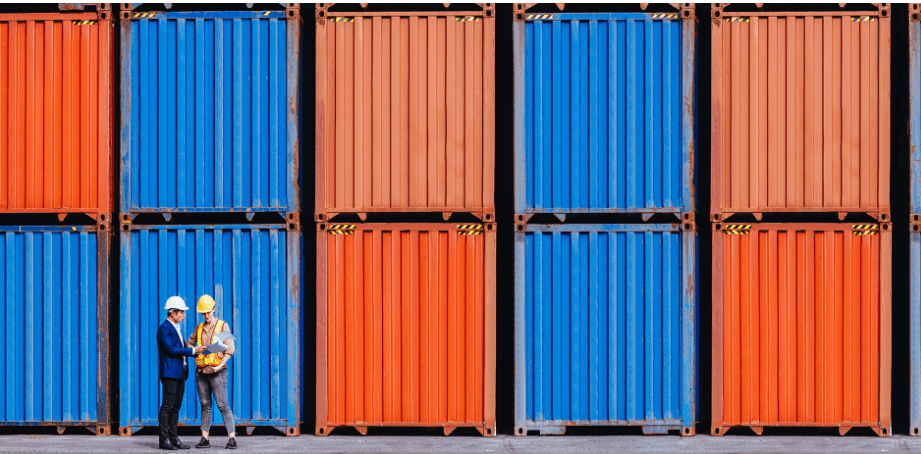
(Originally published by GreenBiz on April 4, 2022)
Let’s take a short trip back down memory lane to 2019. That was the year we started the Competent Boards movement in Davos on the basis that boards needed more insight on ESG and climate issues. And we got a good deal of pushback, as very few saw the need.
The world then seemed so orderly — well, at least compared with what we have now.
The global economy was stable, Angela Merkel was still chancellor of Germany and supply chain problems were somewhat predictable. Although the climate crisis and cyber-attacks were growing rapidly in size and in attention, no one had yet heard of COVID-19.
In three short years, the picture has changed, mainly for the worse:
- The COVID-19 pandemic, which cost millions of lives and affected millions more
- The Russian invasion of Ukraine, with its threat of becoming World War III or even a nuclear conflict
- Extreme weather events around the world caused or exacerbated by climate change have disrupted and damaged food supply along with lives and livelihoods
- The Great Resignation of the workforce, with millions moving on from their jobs into the Great Reshuffle
What keeps our world connected? At the moment, our supply chain is a good bet. But this once tough rope connecting the world through demand and supply and trade looks very threadbare in places, dangerously so.
The cost of containers for shipping has more than quadrupled. Delays at ports are everywhere. Shipping faces stronger emission tariffs. Younger consumers especially want greener products and greener packaging. And regulators are listening.France, for example, banned plastic wrapping and containers for food this year. The U.N. approved a plastic pollution treaty — the biggest green deal since Paris — at the start of March. Demand is to recycle and reuse, not create anew. And hardly anyone wants goods of any kind from Russia.
Breaks in the chain
There are other breaks in the global chain. Uighur forced labor has prompted intense scrutiny on some Chinese-made goods. The shortage of vital rare minerals has disrupted manufacturing and sales of everything from cars and mobile phones to computers and video game consoles. In March 2021, just one container ship running aground in the Suez Canal caused havoc for global shipping.
It is not easy to be at a company overseeing the supply chain. Faced with all these geopolitical and practical challenges, companies can in a simplified manner take one of these four routes:
- buy local (based on neighborhood/town/city/region/country)
- buy based on price
- buy based on values
- buy based on forecasting by evaluating the pros and cons of each decision
Local sourcing has its community or national appeal but can run into issues of availability and quality, and while it can create positive local environmental impact, it can also spell negative global social impact. Price, when inflation is spiking, is fraught with problems. Values often falter on hard practicalities and many have had to renew their supply chain strategies due to the heartbreaking war in Ukraine. And forecasts and evaluation need time, another rapidly shrinking commodity.
As a board director or senior business leader, you need to ask yourself: what would a steward of the future do?
In my book of the same name, Eric Wetlaufer, director of TMX Group and Investment Management Corporation of Ontario, provided a fantastic definition of stewardship: “Stewardship is the accountability one has for leaving the company — with all its stakeholders — stronger than when you arrived. How can you best help the company navigate the path to its best future?”
To do this successfully, you must start with a discussion at the board level about what is your company’s path to the best future. What does that look like? Where are the twists and turns? Or the bumps in the road? And where are the places where you can hit the accelerator?
Many factors need to be discussed by the leadership that could cause devastating or existential crises — or new opportunities for those who are aware and can transition in time:
- Will the future demand that supply chains be closed loops?
- The growing circular economy — will goods be leased instead of bought, so that consumers lease or rent your products and return after X number of years?
- Will innovation based on the cost of water and carbon make products so durable that consumers just stop throwing them away?
- Will waste be so expensive that no household will be able to afford packaging ending up as waste?
- How can we best be a steward of resources?
Education is also a big factor. Effective environmental, social and governance education will help potential stewards and supply chain professionals identify and analyze urgent sustainability risks and opportunities for their companies. That education will also improve resilience and lessen disruption.
This is where stewards of the future come to the fore. They will bring the innovation, rethinking and system change that we will need in a world where supply chains are a closed loop and not a one-way movement of goods.
To achieve this, these stewards must use foresight and insight to make informed decisions and to steer their companies, and us all, to a brighter future.
Helle Bank Jorgensen is an internationally recognized expert on sustainable business practices. She is the founder and chief executive of Competent Boards, which offers online climate and ESG programs from a faculty of over 150 renowned board members, executives, investors and experts. Helle is also the author of the recently published Amazon bestseller Stewards of the Future: A Guide for Competent Boards.
Back To News & Views